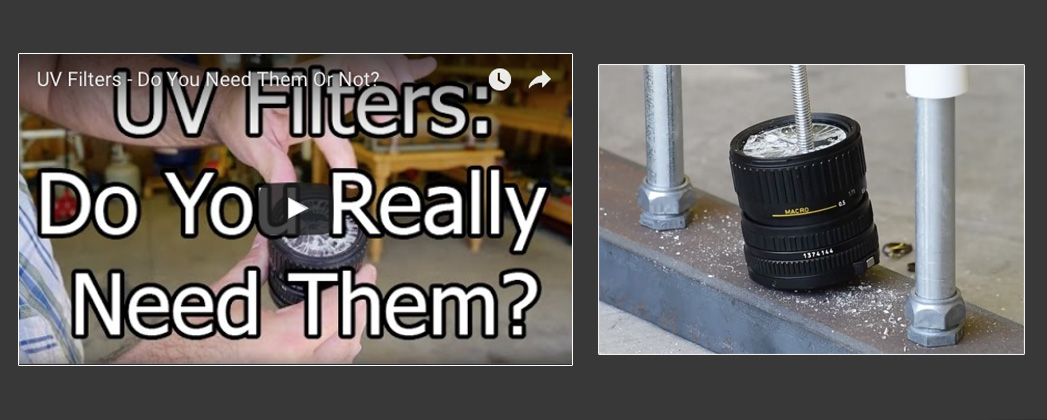Vincent_VdB
Well-known member
Steve on the subject...........

All About UV Filters - Backcountry Gallery
UV filters – do you need them or not? It’s a question that comes up all the time in photography circles with usually about half the people thinking they need UV filters and the other half thinking the fist half is crazy! So, what’s the truth? To find out, I put everything to the test […]backcountrygallery.com
Indeed but fair to say that 9 years since the video and article was made a lot has changed to the pro protection filters, the top Hoya filters have today just very state-of-the-art coatings. And yes, in the end there will always be a pro and a con to it.

